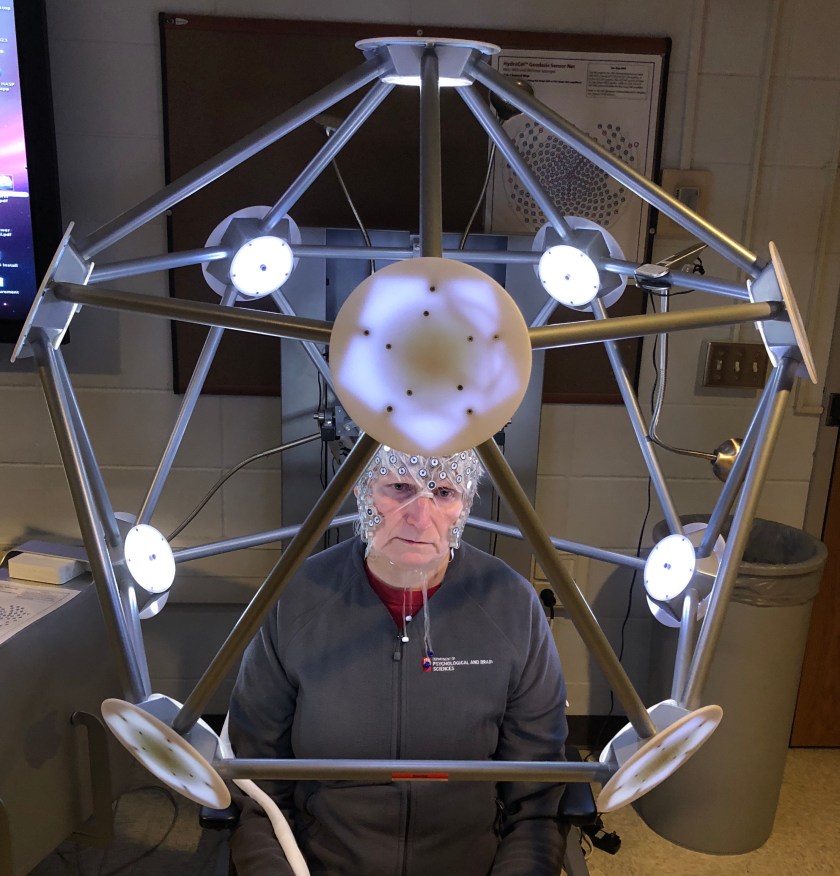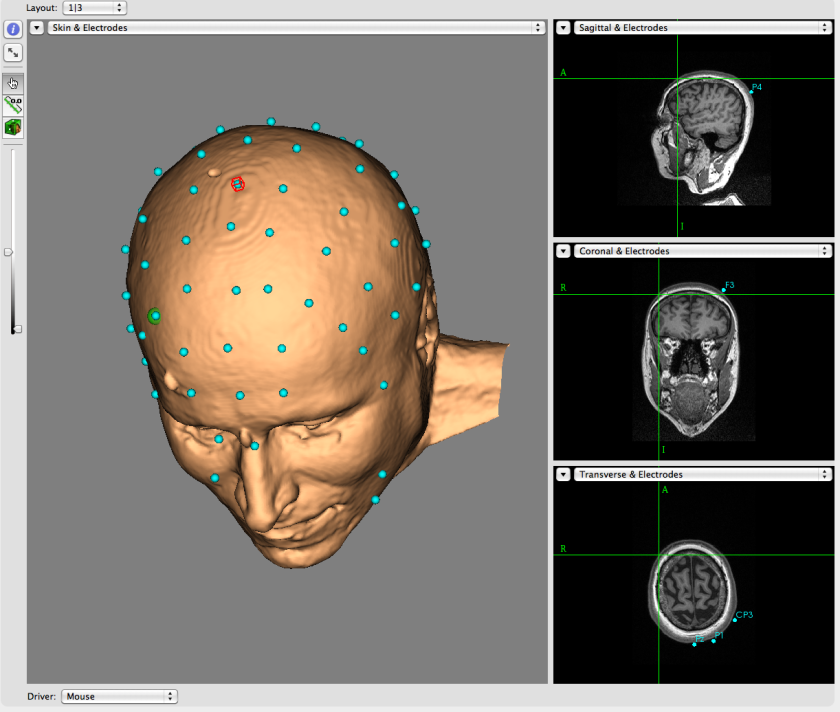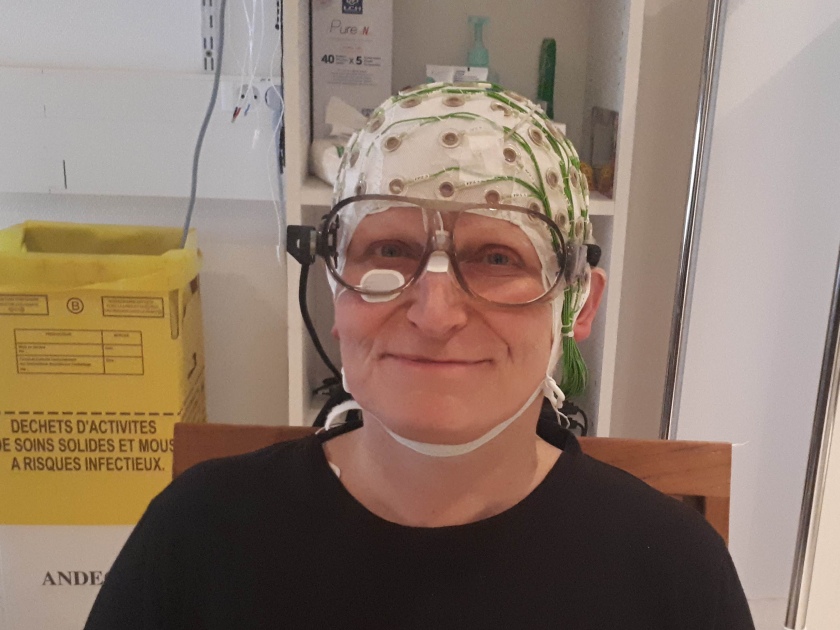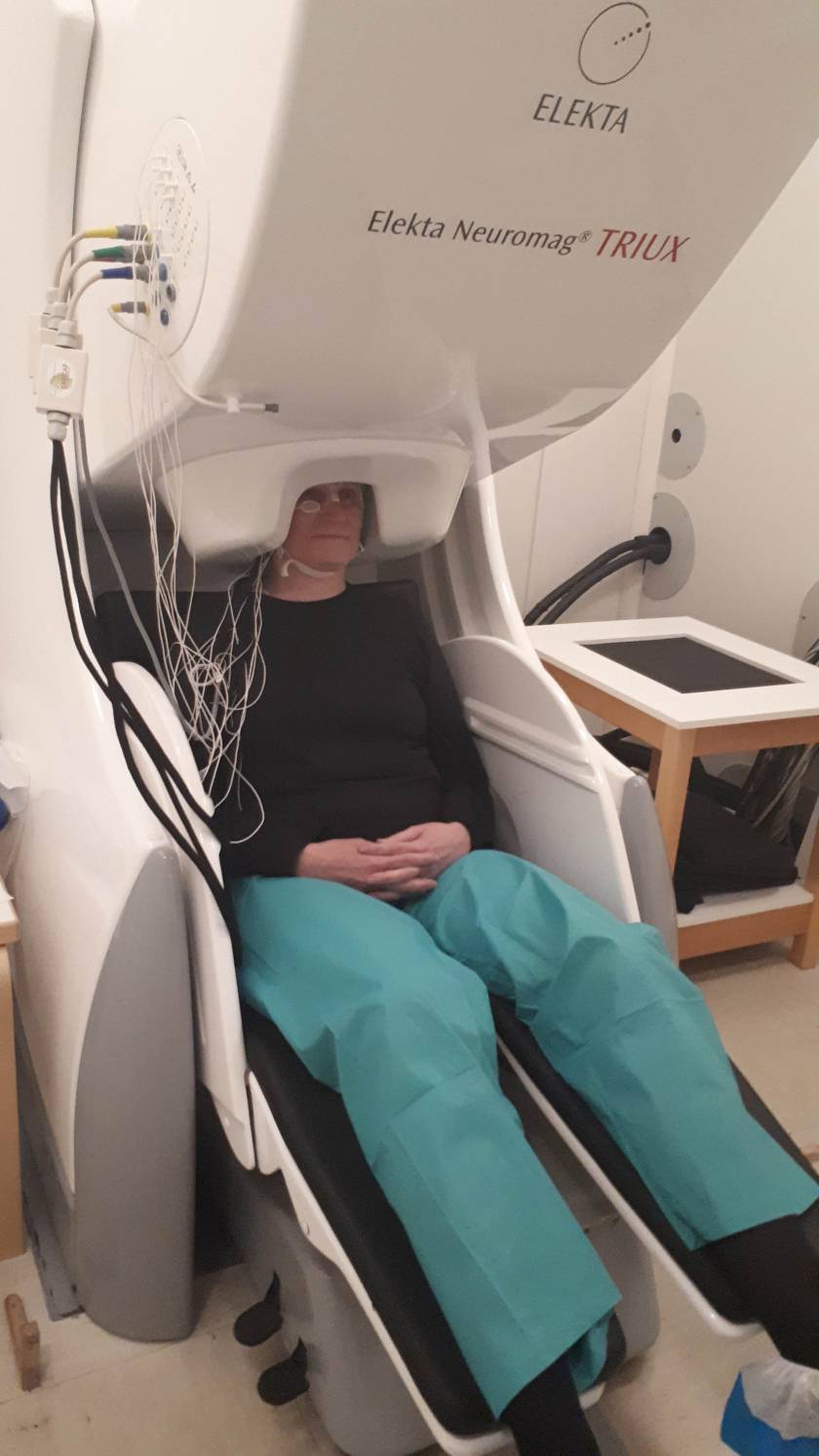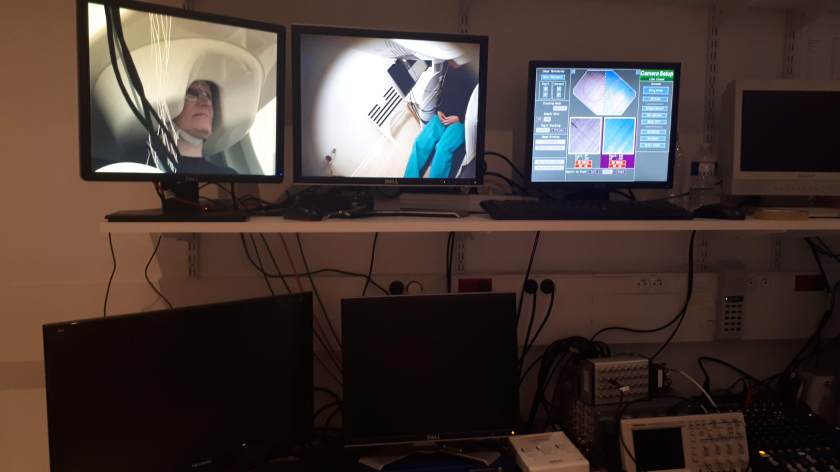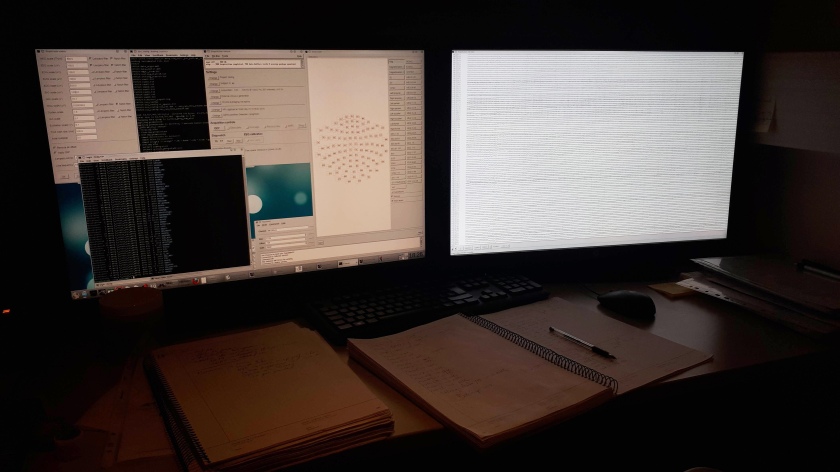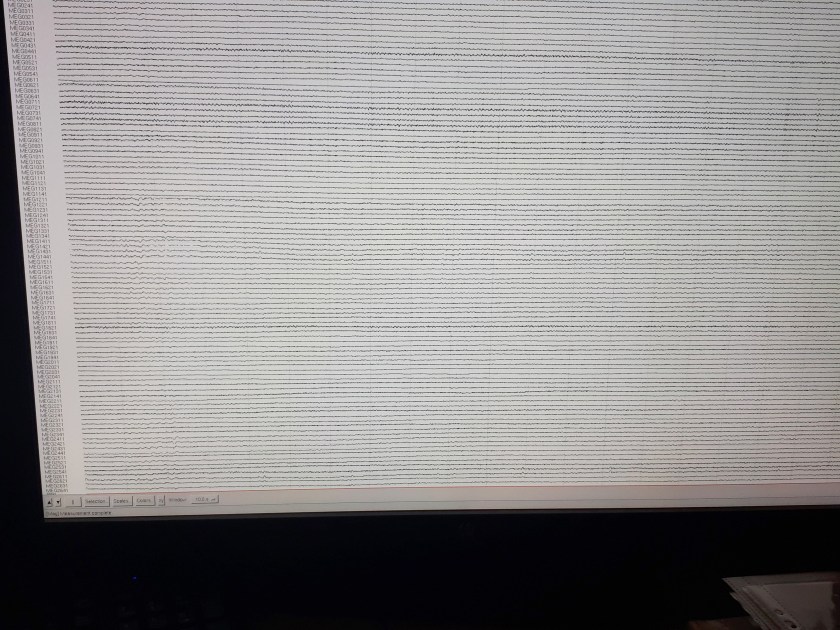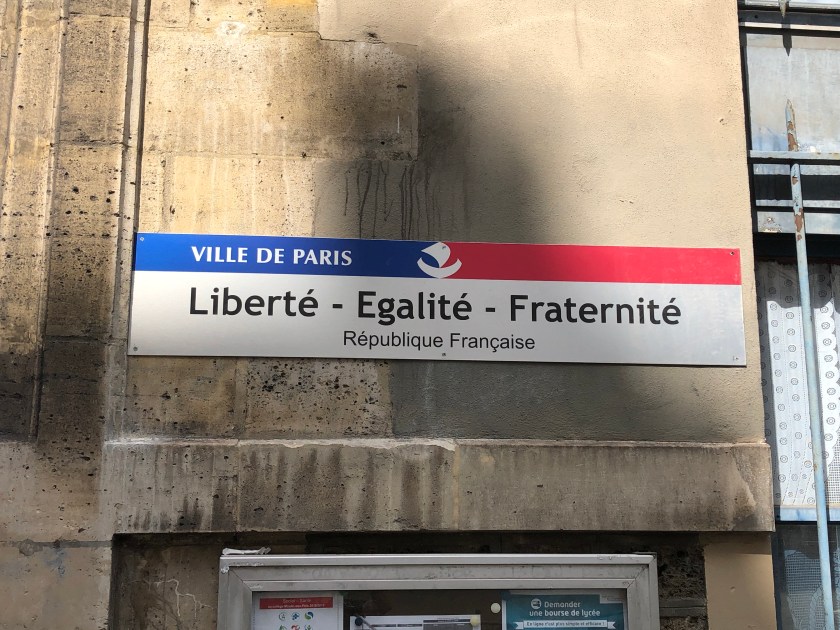Two weeks spent in Italy were wonderful, but the weather was hot. I got quite a surprise when I got back to Paris for my last week there. When I had left there the weather was very cool – indeed most of May & part of June had been that way. But things changed quickly – a stalled weather system over Europe was going to make things very toasty – bringing southerly winds from Africa. So we were going to have ‘la canicule‘ or heat wave to get through. This was potentially a very serious problem: I saw on the French national news that an estimated 4% of French households have airconditioning [compare that to ~90% in the USA]. My 6th floor apartment of course was not airconditioned & my way of cooling it was to open every single window after sunset [& have the windows & shutters closed during the day]. That actually worked a treat – provided the temperature drops down at night. But during a canicule that does not really happen & there is no breeze at night, no respite. So I got prepared this time, because I had experienced that in the same apartment last year on sabbatical [thankfully only for a very brief time]. I went out & bought a fan to leave in the place for these rare occurrences. But I had to assemble the thing & did not have all of the tools to do it. I literally got 90% done & could not finish the last part because I either needed an extra hand or a special tool. Ironic & tragically funny at the same time. I was comparing heat stories with a friend who was staying with family in Germany while waiting for a new work visa – her problem is that they could not find the fan that one of her family members had ‘put in a safe place’ – so they were also having a similar problem! I finally got it fixed when my landladies stopped over as they were taking a pet to the vet in Paris. It took 3 of us to get it going. Ironically, I was only going to be there for 2 more nights… Here is a sunset from one of those nights. Looks as hot as Hades, but thankfully our temperatures were nowhere like those in Germany & Spain at the time…
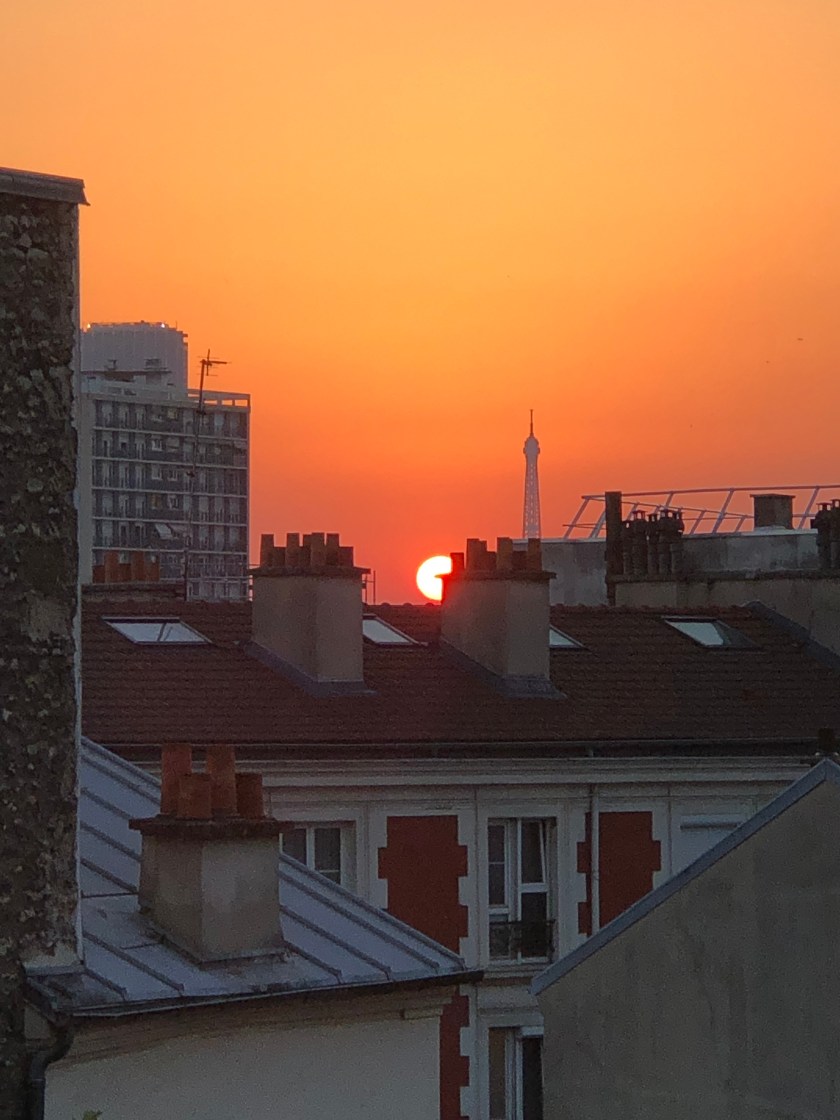
The day I returned to Paris was the longest day of the year – right in time for the Fête de la Musique which takes place on the night of the 21st June every year. It started in Paris in 1982. Everyone comes out into the street & makeshift stages pop up in neighborhoods. Anyone can sing or play music of their choice – so of course you get the good & the bad as well. More organized [& even televised events] take place in Paris, Nice etc. where well-known singers all come out to perform one song each. Music plays long into the night – which can be quite late since it does not really get dark until about 11 pm. As I starting to pack up some of my stuff I was very happy to be listening to some nice jazz filtering in through my open windows. [I missed this event last year because I was at the OHBM scientific meeting in Singapore.]
At the start of the week I had to attend & speak at a conference organized between Sorbonne Université & my own Indiana University – on artificial intelligence. What do I know about artificial intelligence, I hear many of you cry? Well not much. I had to present the work of a colleague & made sure that I made that clear…
One day we ended up having lunch in the same ‘tower’ that we were in last year for a similar meeting. The view from the 25th floor of the Zamansky Tower [of UPMC, or the science/technology campus of the Sorbonne] where we were was stunning. This year though, Notre Dame looked very different. Compare the two images below, the top one is from this year in late June and the bottom one was taken from the same location about a year ago.
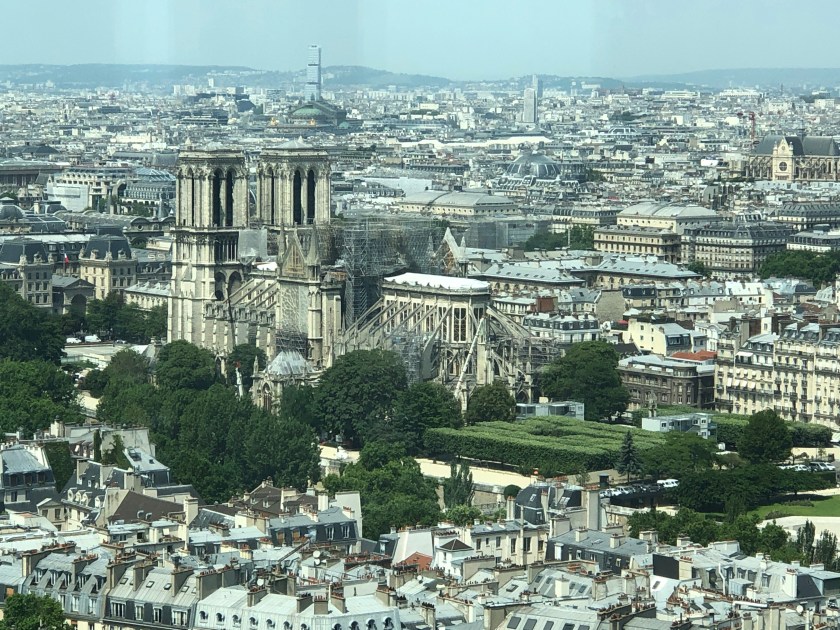
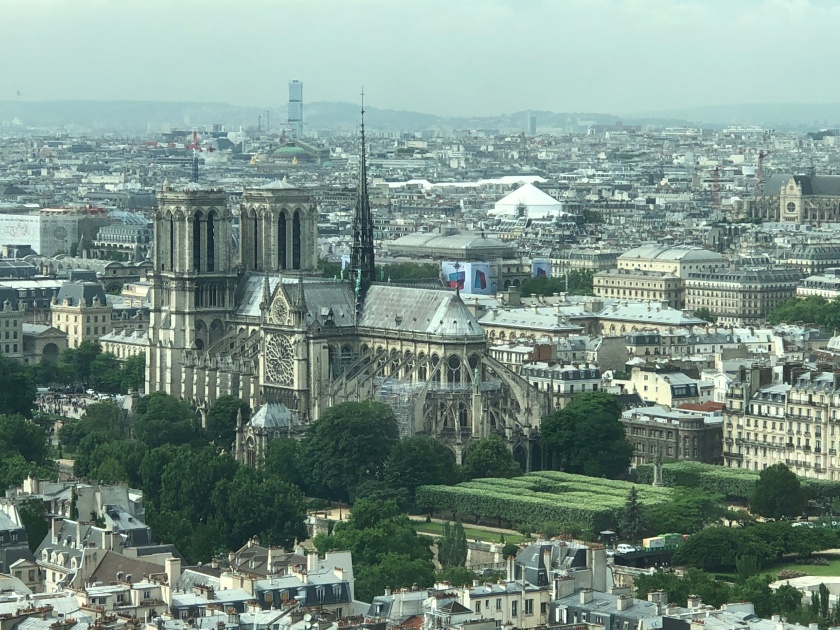
The damage in the top image is very evident & is quite extensive. I had previously posted images of the Notre Dame taken from the other side of the city – from 56th floor of the Tour Montparnasse [see images a few posts ago]. Those images did not look as bad as this one. Now I understand why people here think that it will likely be impossible to renovate it in the 5 year period proposed by Emmanuel Macron.
As part of the conference we had a collective dinner that was organized at a very well-known restaurant near the old Sorbonne campus called Bouillon Racine [see http://bouillonracine.fr/] in the 6th arrondisement. The word ‘bouillon’ is apparently the precursor word for ‘brasserie’ – the latter of which was originally used to designate places that brewed their own beer etc. Bouillon Racine is quite an institution in the area – being around since 1906 & being lavishly decorated in an exuberant Art Nouveau style, as the panorama image below shows:
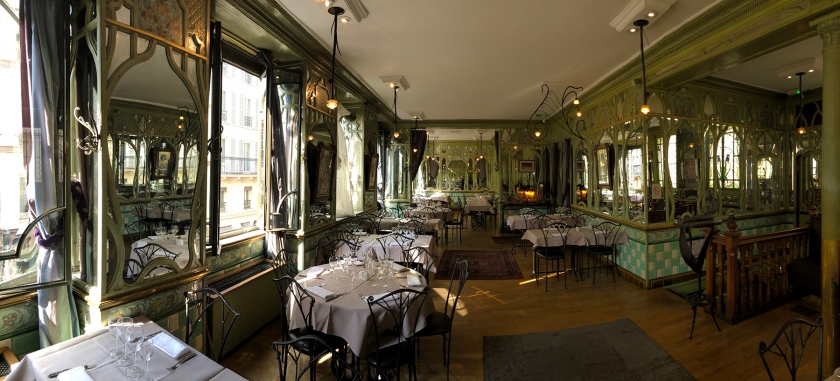
It was a very toasty affair because we sat upstairs – with all the windows open, as can be seen from the street view:
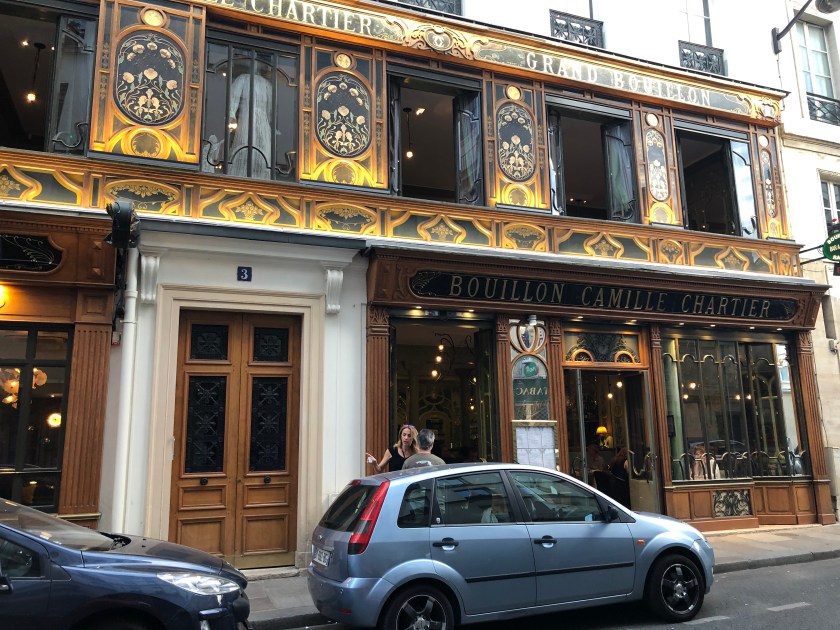
I would like to return there when the weather is cooler & one could sample some of the more heavier, traditional dishes. That particular night was one of those nights where you drink copious amounts of water, very little wine & sit forward in your chair so that the sweat can run down the small of your back. That said, however, we had a beautiful dinner & the conversation flowed nicely. It was really great to get to know colleagues from the Sorbonne as well as my own IU, that I had not really interacted with previously. Nice! After dinner, I retired to the coolness of the Metro for a fairly quick ride home. Happily, as I flung open my apartment windows that night we actually had a bit of a breeze – bearable. That said, however, the mosquitoes this year were really abundant & mean – probably the artifact of a cool & wet spring. Last year I was in the same apartment in summer & did not have that problem at all, so this was an unpleasant surprise…
The rest of the week was spent in dinners out catching up with friends to say adieu, finishing up at the institute, as well as packing up & cleaning out the apartment. Ironically, the last day I was there cleaning the apartment was the hottest one of all! So I made sure I got up early & moved my baggage out to a nearby hotel. I then fortified myself with a croissant from my favorite bakery & declared war on the apartment. The worst part was the dust – everything gets so dusty quickly when all the windows are open to a very busy street. Happily I was done by noon – so did not have to work during the hottest part of the day. Instead I joined my colleague for a long & languid lunch [which I followed up with a siesta later in the afternoon…]. It was a really nice time to spend some last hours together. I decided I would have a decent size meal, as my plan was to have just a snack for dinner. So I had a steak tartare & frites & a salad from my favorite local brasserie & a place I like to hang out in regularly. That way I could say my goodbyes to the lovely staff who work there. I have spoken about it previously, you might remember that… My colleague managed to do a stealth move & secretly paid for my lunch. What a lovely surprise that was!

Thus fortified, I went back to my apartment to give back my keys & say goodbye to the gardienne of the apartment building &, of course, my landladies. They were hanging out in Paris that weekend because their cat had another vet’s appointment. So they insisted that we should go out for dinner & bailing out was not an option. We went to one of their favorite Thai places in our quartier [Thaï Papaya, 51 Rue des cinq Diamants, 75013 Paris]. The food was really delightful & pretty authentic. It has been years since I had a coconut based Thai veggie red curry whose whereabouts I could track exactly through my digestive system! Delightful! A great way to beat the heat. I remember I used to do this exactly that as a student in Australia when we did not have airconditioning – a Malaysian or Thai curry was just the thing to make one feel better during a heatwave.

It was also good to sit pretty much out on the street instead of the back of the restaurant – much more comfortable. Sprayed myself with a ton of insect repellent. I think that that coupled with the garlic & chillies frightened away those nasty mozzies.
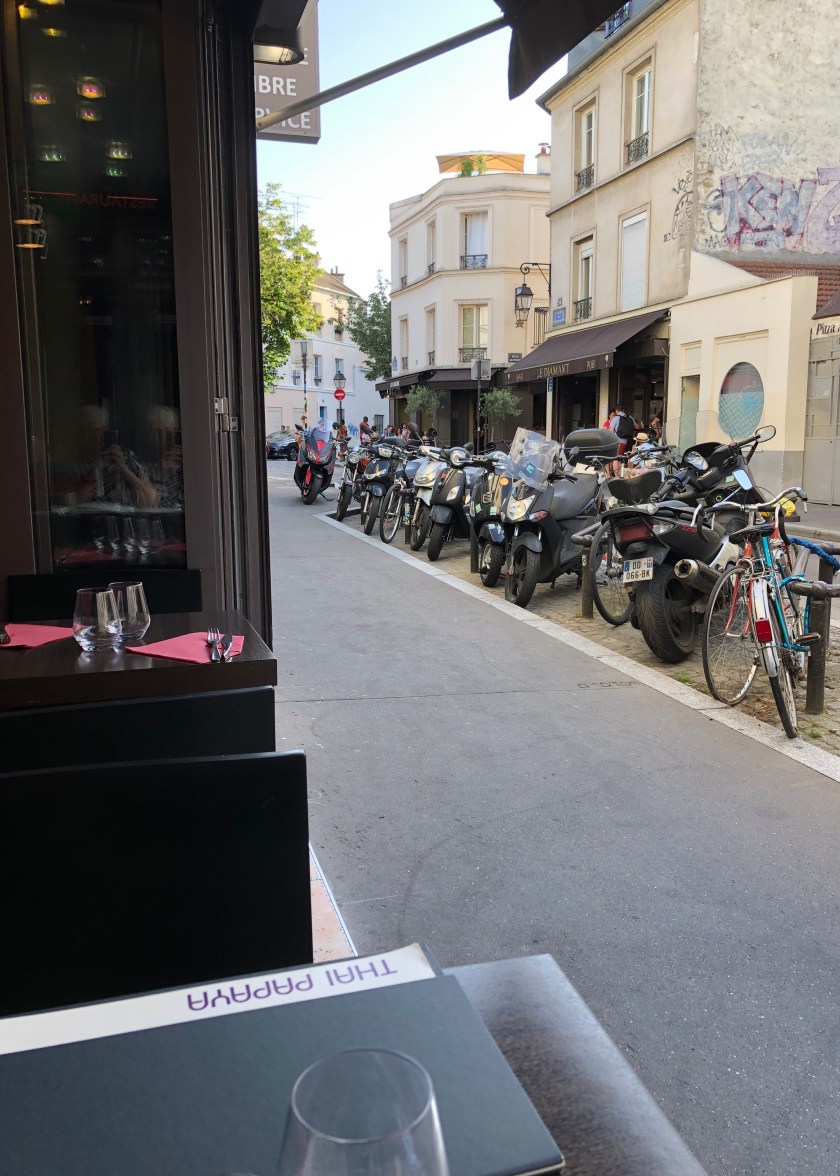
My landladies insisted on paying for the dinner – I did feel a bit uncomfortable about that, but there was no way fighting that, they were adamant…
So it was time to head back across the Atlantic again, back home – so nice to have that Delta Airlines direct flight between Indy & CDG in Paris! Other half was away in Australia, so we had made a plan to exchange cars in the airport car park. The trick was to ensure that we both knew which car it was going to be so that I would have the correct keys. The other thing: text a picture of where the car was parked & the parking receipt. Easy peasy – we have done this before! Nice to get home to see the greenness of the garden etc. And of course to have an unpacking assistant or two to help out…
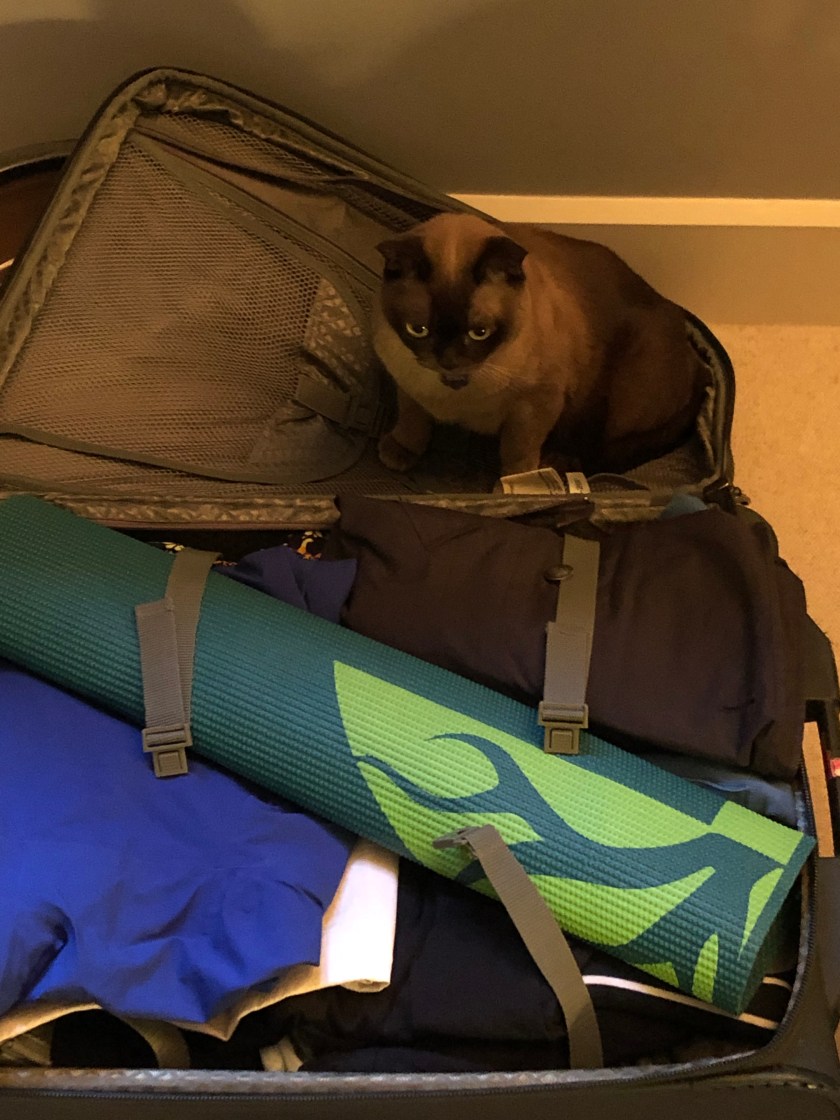 Future posts will deal with more scientific topics, pet peeves [not of the four-legged kind] & important issues that concern our profession etc.
Future posts will deal with more scientific topics, pet peeves [not of the four-legged kind] & important issues that concern our profession etc.
I hope you are all well wherever you find yourselves in the world…


